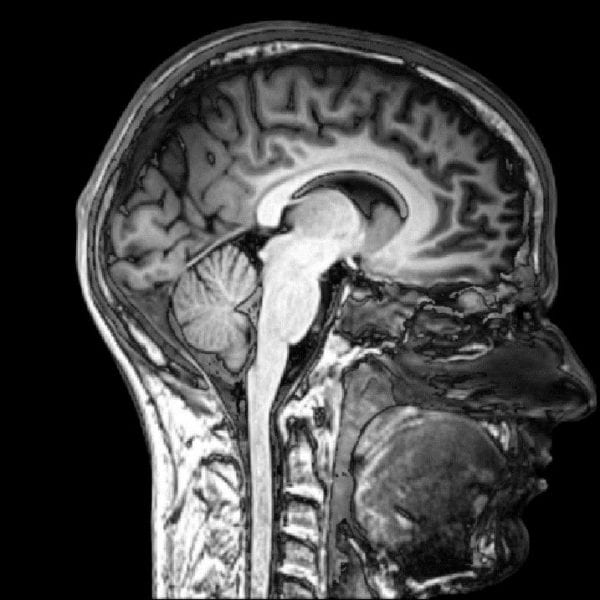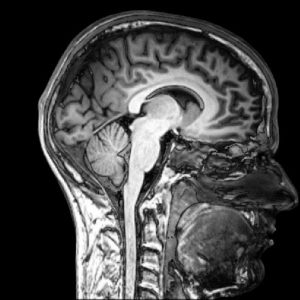The efficiency of magnetic nanoparticles depends on their relaxivity, i.e., the ratio between the relaxation rates of water proton and the concentration magnetic compounds. Although there many reports of novel biocompatible magnetic nanoparticles for use as contrast agents for magnetic resonance imaging, few are designed such that the relaxivity is optimized and clusters are often synthesized without exactly knowing the optimal size and magnetic material density to use. Additionally, impermeable and non-magnetic shells surrounding the magnetic cores are sometimes necessary to decrease toxicity or ensure stabilization but their negative impact on relaxivity is rarely quantified.
A group of researchers led by Yves Gossuin and Olivier Sandre has been able to demonstrate that using classical models it is possible to correctly predict all the experimental data if the particle geometry, in terms of diameter and volume fraction occupied by the magnetic material, and magnetization are well determined. After normalization, it was shown that all results obey a universal scaling law built only with these three parameters. This relationship provides scientists with vital information that can be used to design more effective T2 contrast for magnetic resonance imaging and should ultimately lead to as multi-modal probes or theranostic nanovectors with much better performances than those currently commercially available.
A summary of this work in French can be found at: http://www.cnrs.fr/inc/communication/direct_labos/sandre.htm
The research is available in EarlyView and will published in the fourth issue of the new journal Advanced Healthcare Materials.


















